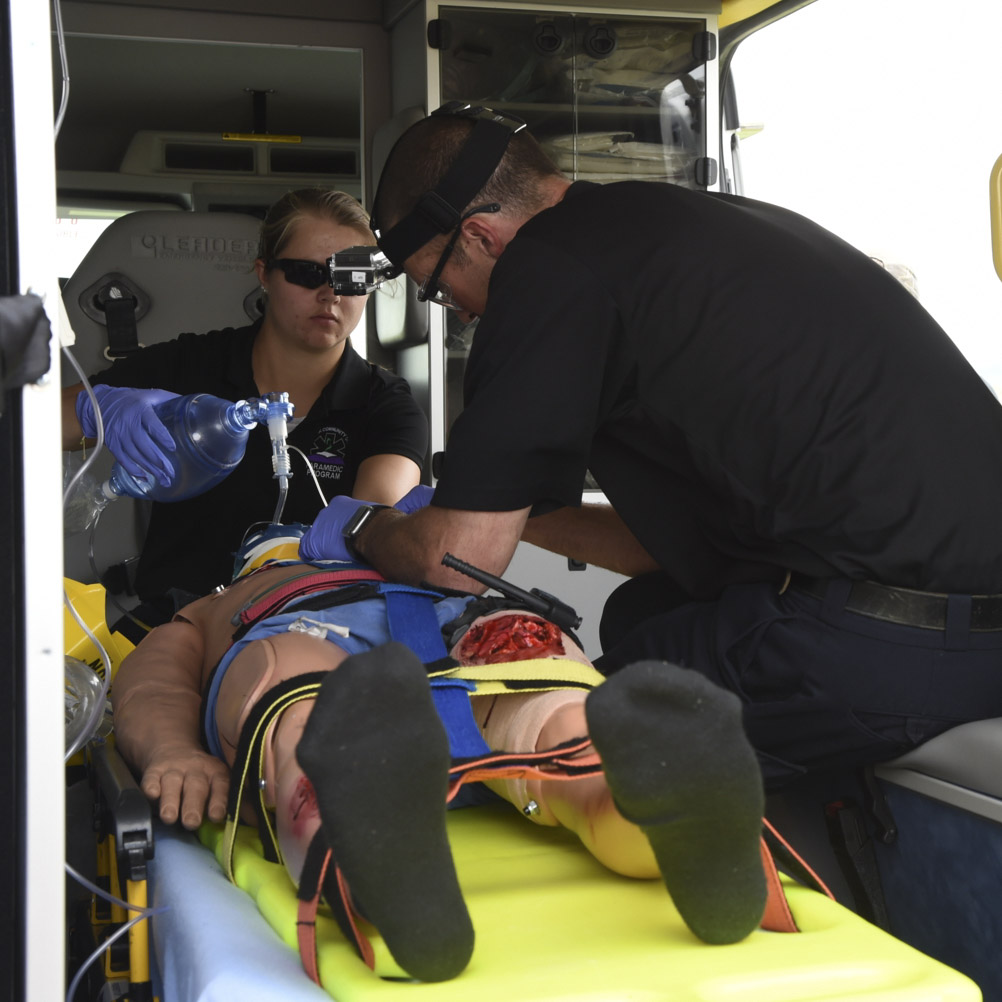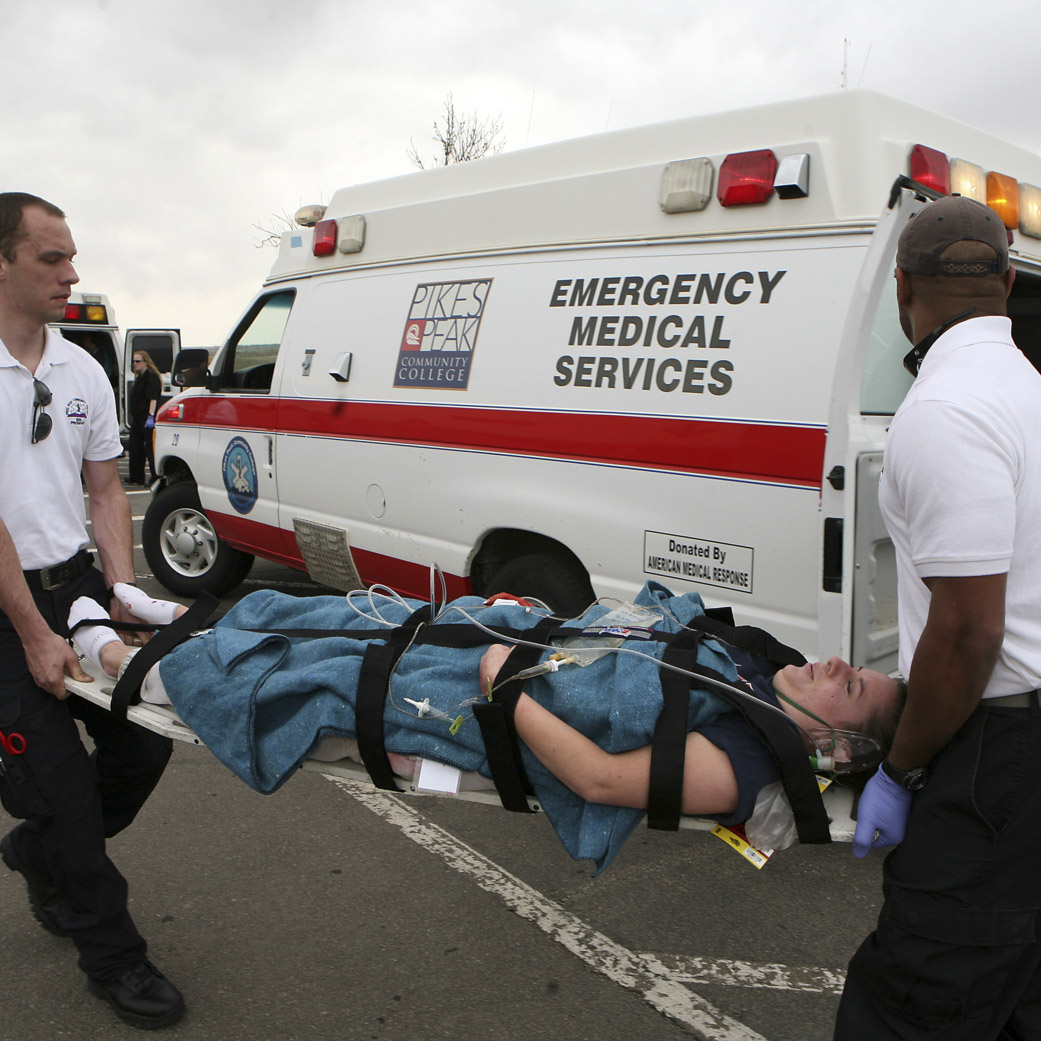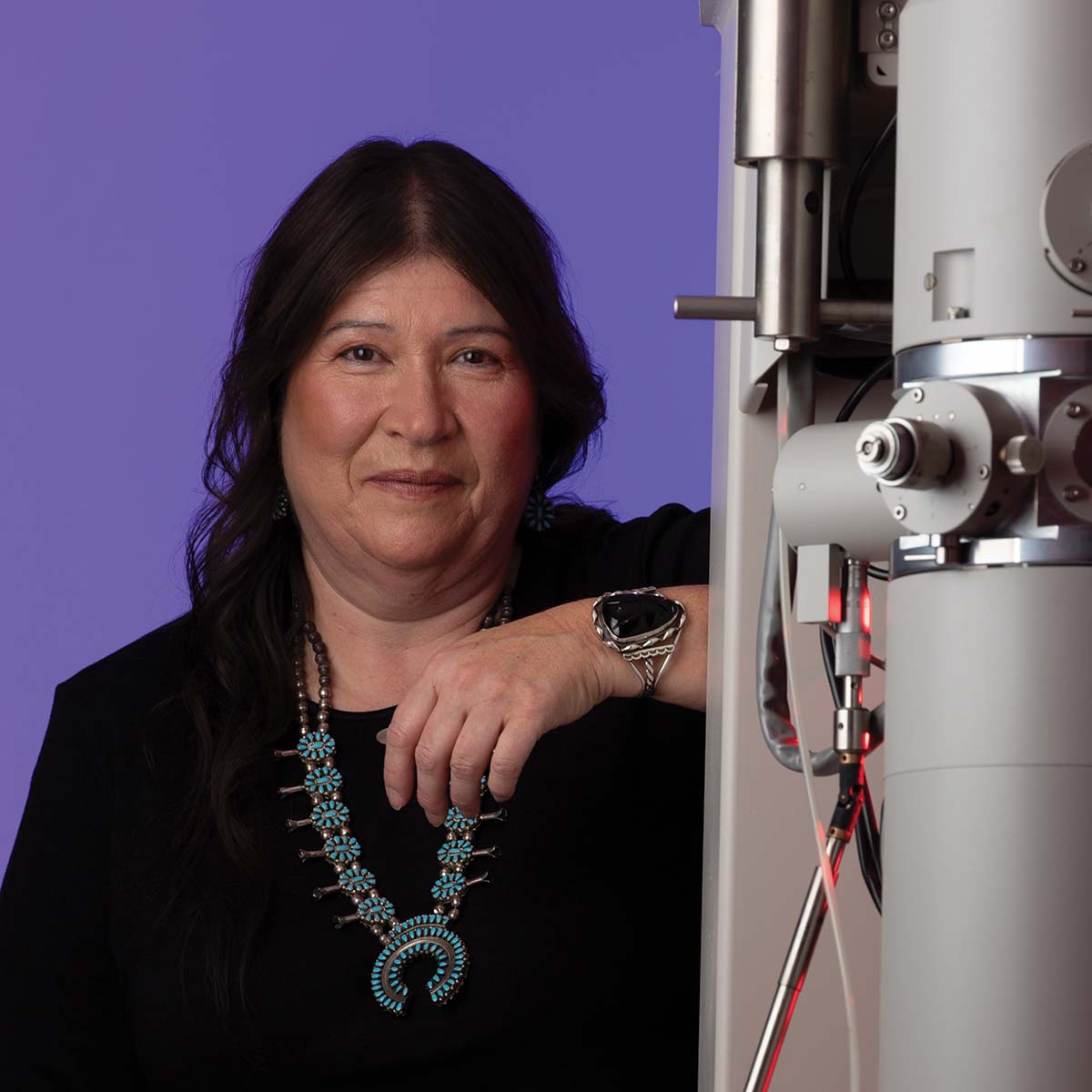Degree Type: Associate of Applied Science Degree, AAS, Certificate, CER
Pathway: Health Sciences
Emergency Medical Services is an exciting field with dynamic and challenging situations for those called to public service. Train for jobs like paramedic, EMT, and EMS provider in rural or hospital settings with our Colorado Department of Health and Environment-approved program. We partner with local medical groups and offer a state-of-the-art simulation center for real-world learning. We stay current with the latest research, regulations, and standards. Our program fosters critical thinking, leadership, ethical work, and respect, ensuring you're ready for a successful career in emergency healthcare.


%
Pass Rate
The 2023 success rate for the National Registry of EMT Paramedic Cognitive exam was 84.6%.
%
Job Placement
The 2023 positive placement rate for paramedic graduates was 85.7%.
%
Retention Rate
The choice to attend Paramedic school is a significant commitment. In 2023, the retention rate was 82.4%.
Pikes Peak State College offers a variety of courses in the Emergency Medical Services field. It is a Colorado Department of Health and Environment, Pre-hospital Care Division approved training center. It has the approval of the State Board for Community Colleges and Occupational Education. Emphasis areas for this option include Emergency Medical Technician and Paramedic.
The primary focus of the Advanced Emergency Medical Technician is to provide basic and limited advanced emergency medical care and transportation for critical and emergent patients who access the emergency medical system.
The Emergency Medical Technician Certificate will prepare students to enter the field of Emergency Medical services as an EMT. EMTs work for ambulance companies, fire departments, and hospitals as paid or volunteer providers.
This certificate offers education, training, and supervised clinical experience to further prepare an EMT student to function in the pre-hospital setting such as urban/rural EMS, fire services, or contracted medical work with industrial, tactical or expeditionary systems.
his Paramedic certificate provides students with the skills needed to deliver emergency medical care to sick or injured patients in a safe and accurate manner. Student are introduced to the advanced practice of prehospital care, advanced emergency pharmacology, pharmacokinetics, and pharmacodynamics.

Voices of PPSC
PPSC laid the foundation for me to build on. It provided the appropriate level of course work that I needed in order to believe in myself.
Karen Medville
American Indian Program Manager | Class of 1985
To work in this field, you may be required to obtain state licensure. Be sure to check state licensure requirements for the state or territory where you are currently located and/or intend to work. Learn more about professional licensure and check to see if our program meets the requirements in your state or territory.
PPSC prepares its nursing students with the skills, technical competence, and know-how needed to find a rewarding career. With options for a Nurse Aid Certificate, Associate of Applied Science in Nursing Degree, and Bachelor of Science in Nursing Degree, you have many options to join the industry and enhance your career.
Explore NursingDo you thrive under pressure and want to help your community during tough times? Start your career in Emergency Management and Planning! Enjoy flexible and comprehensive coursework designed to fit your needs while preparing for a rewarding career.
Explore Emergency Management & PlanningCareer and Technical Education (CTE) – Notice of Non-Discrimination and other disclosures.